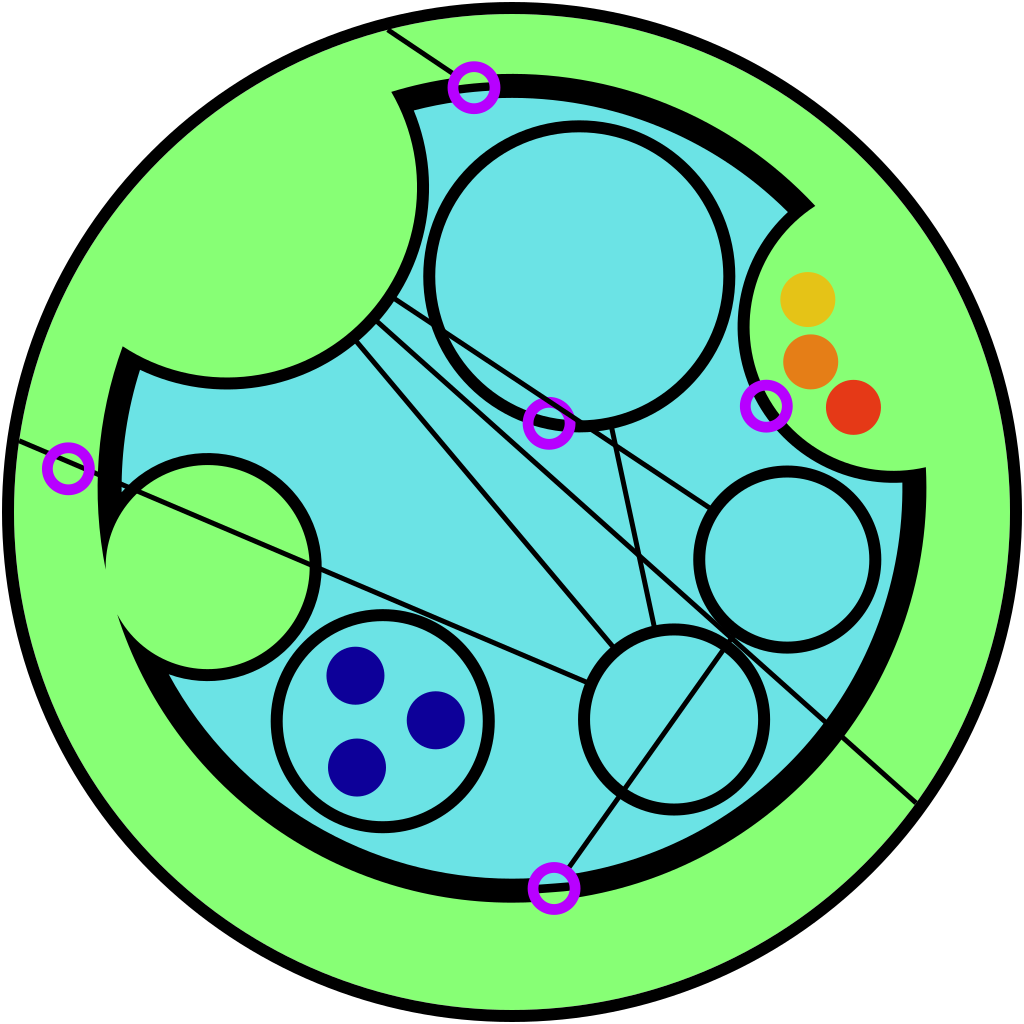To clarify, if the display is showing a white image will it heat up less in any measurable way compared to if it’s off and just showing black?
No, and not because the effect is in any way small.
It is because a phone screen producing white light, looks white because it is actively generating white looking light. Compared to white paint, which looks white not because it generates its own light, but reflects other light, these are two different mechanisms for making things look ‘white’.
Your phone has a brightness setting, to keep ‘white’ the exact same shade of white despite whatever viewing condition you have. A white paint does not, and as a result, looks different depending on the amount of light in the room.
So in your hypothetical, a white phone screen won’t reflect less light as you presuppose - it’ll generate more heat internally - unless you cover the screen with white paint.
What about LCD? Switching the state of a cell results in mechanical changes, which might influence how much sunlight it absorbs (even if it’s minuscule compared to the heat generated by the backlight)
LCDs are designed to filter out extremely specific types of light, and in a specific direction.
It’s true that the changing optical properties of each crystal could affect the albedo, but whether white or black is more effective is beyond my knowledge. It might even be neither, but green instead.
No, the screen still absorbs the same amount of light, even when it’s producing its own. It is effectively black from the Sun’s perspective even when the screen is white.
A display that uses a reflective light display such as LCD or e-ink would be the exception. Since they work by changing reflectiveness, they absorb more or less light from their surface.
I really like the question, thank you! The answer is a clear “yes, but”:
Your assumption is absolutely correct, light surfaces reflect more light back and heat up less because of this.
Noe if your display heats up less depends on the amount of energy it uses to generate that white:
For an e ink display it would be basically the same as a bright vs dark paper of the same color. But OLED for example uses constant energy to generate the white image: So it’s depending on how bright the sun shines vs how much heat gets generated by the display itself.
Still only looking at the sun’s energy it would be smaller. If the overall temperature would be lower depends on exactly how bright the sun would be vs how efficient the specific display is!
I’m no expert. Stop reading here if that’s not good enough.
My understanding is that in cathode ray screens, the old-style non-flat types, heat would make a difference. In LCD and LED screens, so little heat is produced by showing images, it is probably negligible. One of them, I forgot which type, does black by just turning the light off in that spot. So the type of screen used probably matters here.
You can see massive ad screens even in hot places. Now, there may be insulation in use and/or A/C. My guess would be if they can operate a huge ass screen in 100F 40C weather to get me to buy shit, the combined energy costs cannot be exorbitant. And my guess is further that’s mostly to prevent the hardware from melting in the sun, whether the screen is on or off.
Isn’t it important if the surface is reflective or not, regardless of colour?
And something (vague and uninformed) tells me that emitting bright pictures isn’t the same as “being brightly colored”. Also that LCD/e-ink displays are significantly different here.
Good question, I will remember to come back here and see who has the best answer (none satisfy me 100% so far).
deleted by creator





